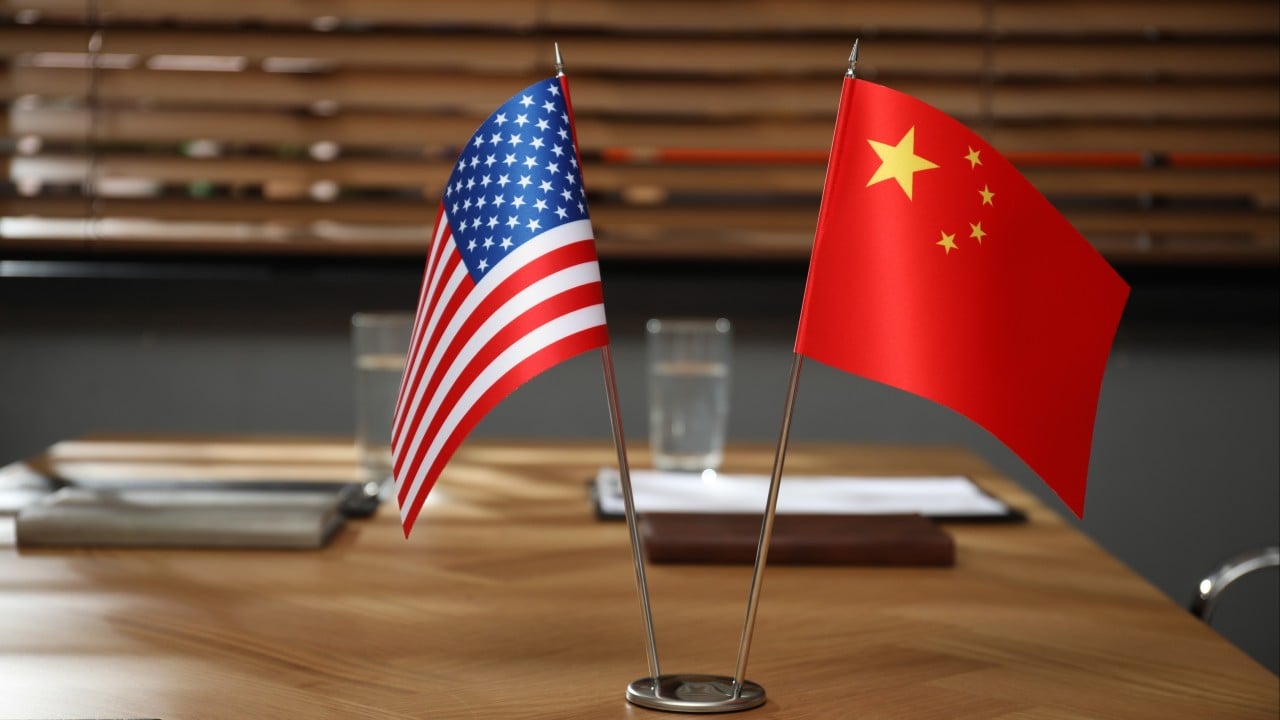As China and the United States engage in formal talks for the first time since the resurgence of their trade war, analysts who have closely followed developments in the world’s two biggest economies have made a wide range of predictions as to the outcome – with almost everything seeming to be on the table.
Advertisement
Ideal scenarios would mean a deal that moves the two sides toward cutting their present trade-prohibitive tariff rates, even if such a steep de-escalation does not come immediately after the dialogue in Geneva.
Worst cases, the analysts agree, would involve one or both parties walking out with no consensus on what to do next, sending markets into another tailspin and doing further damage to trade, jobs and consumption.
On the positive end of the forecasts, Jayant Menon, a senior fellow at the ISEAS-Yusof Ishak Institute in Singapore, said China and the US could agree to a pause in import duties similar to the 90-day suspension US President Donald Trump’s government offered the rest of the world in April.
“The best-case scenario is, I think, China gets what everyone else has gotten, which is a pause,” Menon said. “You suspend … just like everyone else in the world, and create a reasonable timeline to negotiate these prohibitive tariffs.”
Advertisement
Since Trump’s return to the White House in January, the US has raised cumulative tariffs on Chinese imports to at least 145 per cent, with a total rate of 245 per cent for some goods. China has responded with universal duties of 125 per cent for products made in the US.

